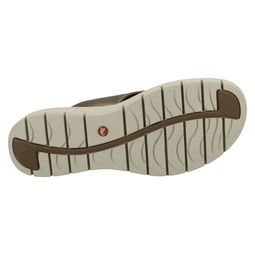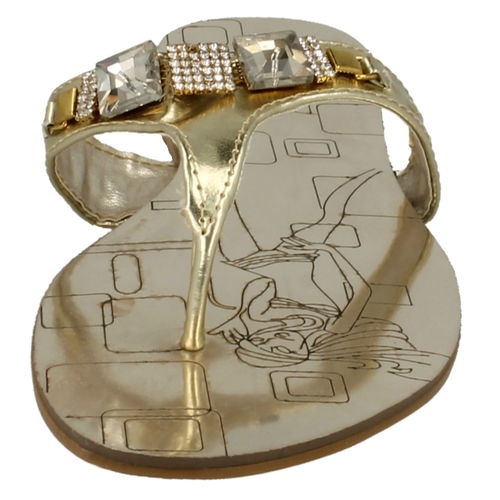Postglacial Sand Build-up: A Detailed Exploration
Postglacial sand build-up, a fascinating geological phenomenon, is the result of the erosion and deposition of sand by glaciers during the last ice age. As the ice retreated, it left behind vast deposits of sand, shaping the landscapes we see today. In this article, we delve into the various aspects of postglacial sand build-up, exploring its formation, distribution, and environmental impact.
Formation of Postglacial Sand Build-up

The process of postglacial sand build-up begins with the erosion of bedrock by glaciers. As the ice moves over the landscape, it picks up and carries away rock fragments, which are then deposited as the ice melts. The sand-sized particles are particularly well-suited for transport by glaciers, as they are small enough to be carried in the meltwater and large enough to be sorted by the glacier’s flow.
Once the ice melts, the sand is deposited in various forms, including beaches, dunes, and outwash plains. These deposits can be found in regions that were once covered by glaciers, such as Scandinavia, the Alps, and the Rocky Mountains.
Types of Postglacial Sand Deposits

Postglacial sand deposits come in various forms, each with its unique characteristics:
| Type | Description |
|---|---|
| Beaches | Long, narrow strips of sand deposited along the coast, often with a distinct orientation parallel to the shoreline. |
| Dunes | Wind-blown sand formations that can range from small mounds to large dune fields, often found in arid or semi-arid regions. |
| Outwash Plains | Flat, sandy plains formed by the deposition of sand and gravel carried by meltwater from glaciers. |
These deposits are not only visually distinct but also play a crucial role in the local ecosystems, providing habitats for various plants and animals.
Environmental Impact of Postglacial Sand Build-up

Postglacial sand build-up has a significant impact on the environment, both positive and negative:
-
Positive Impact:
-
Beaches and dunes provide natural barriers against coastal erosion, protecting coastal communities and ecosystems.
-
Outwash plains can support a diverse range of plant and animal life, contributing to biodiversity.
-
-
Negative Impact:
-
Beach erosion can occur when natural processes are disrupted, such as by human activities or climate change.
-
Dune migration can lead to the loss of agricultural land and infrastructure.
-
Geological Significance
Postglacial sand build-up is of great geological significance, as it provides valuable information about past climate and environmental conditions:
-
By studying the composition and distribution of sand deposits, scientists can reconstruct past glacial activity and climate change.
-
Understanding the formation and evolution of postglacial landscapes can help predict future changes in the environment.
In conclusion, postglacial sand build-up is a fascinating geological phenomenon that has shaped the landscapes we see today. By exploring its formation, distribution, and environmental impact, we gain a deeper understanding of Earth’s dynamic systems and the role they play in our lives.
